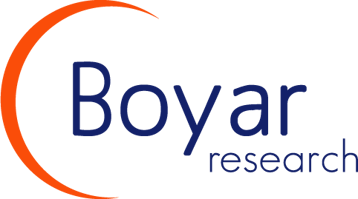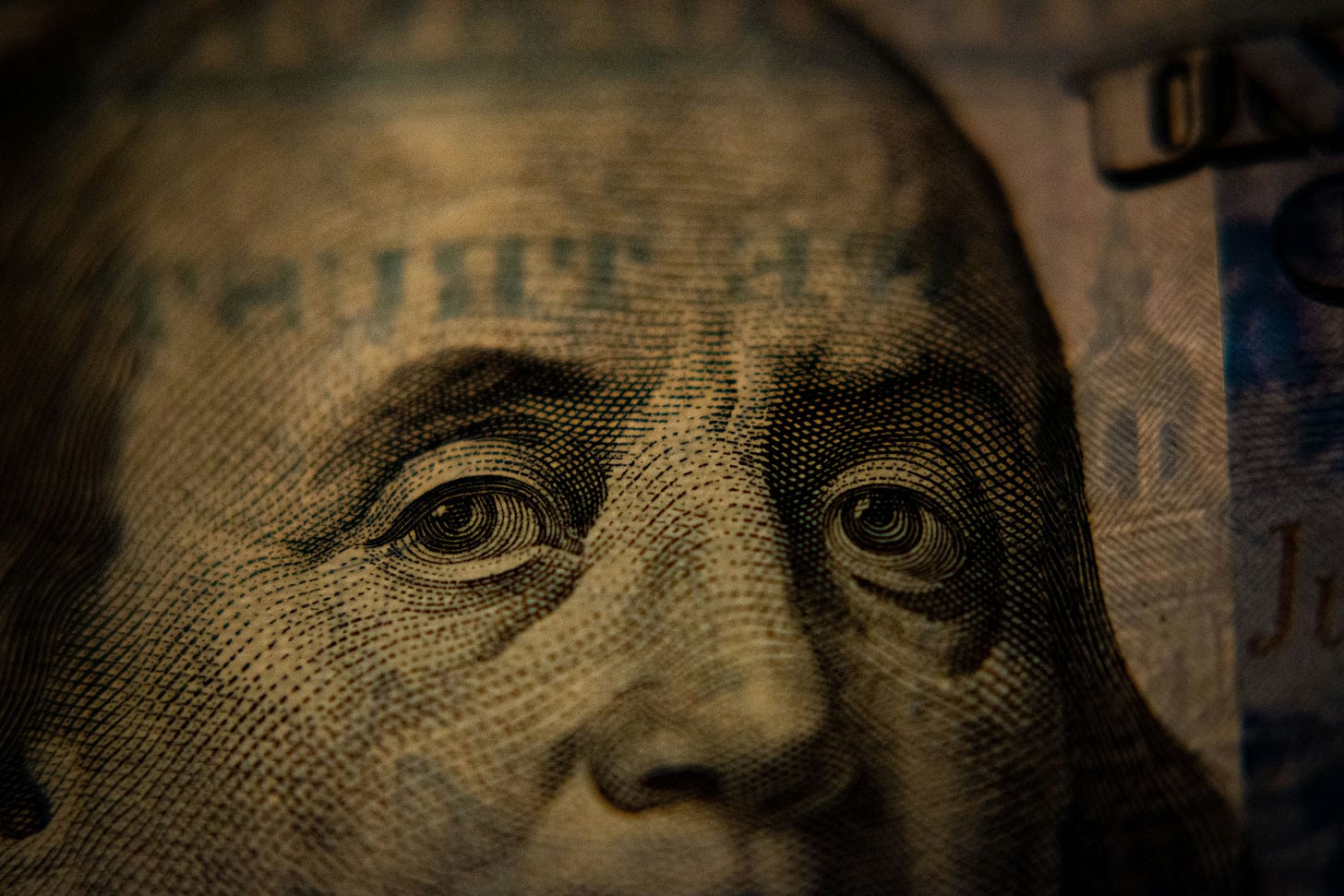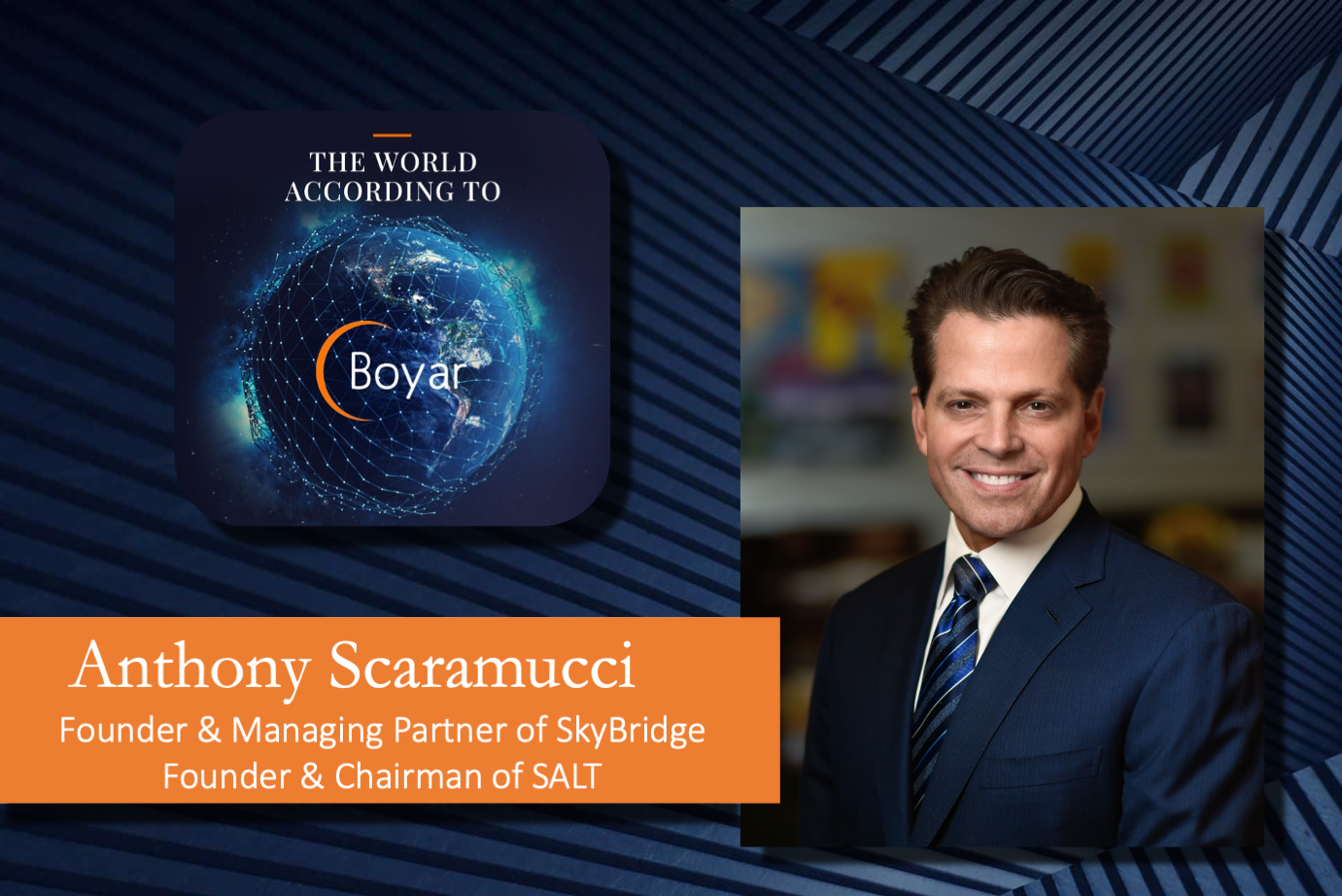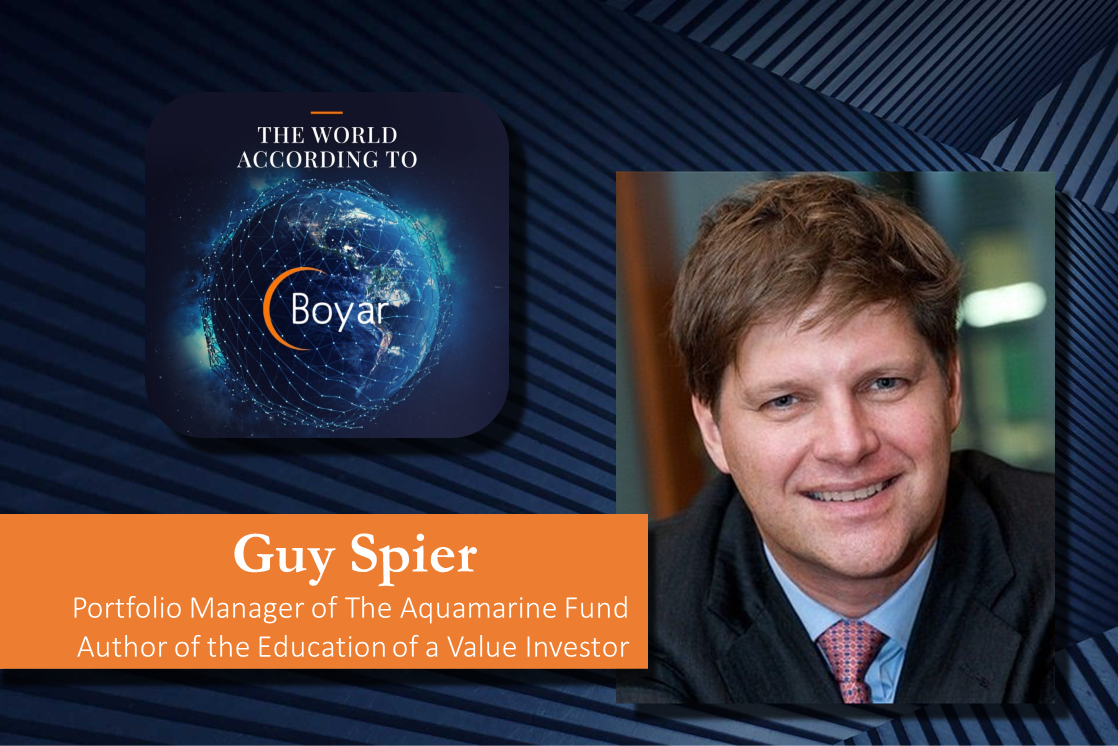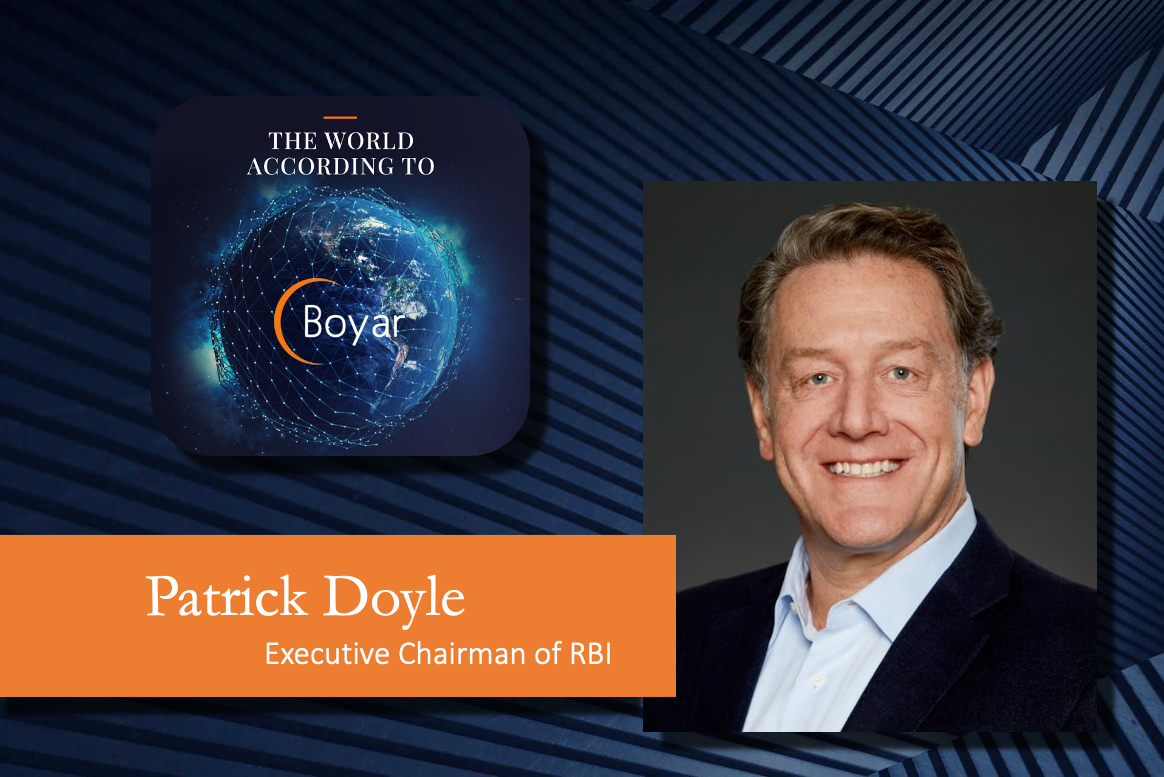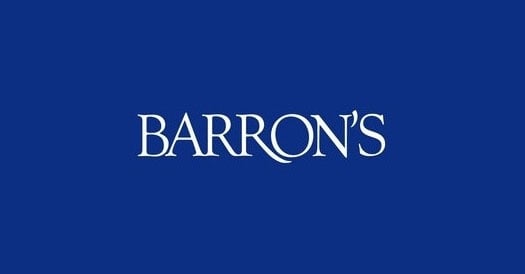Understanding Dividends: How Companies Allocate Money
When Meta recently announced that it will be paying a quarterly dividend (albeit a modest one, at $0.50 per share on a $458 stock), its stock advanced by over 20% that same day, adding ~$200 billion in market value. (While strong earnings contributed much to the gain, the dividend was also likely a significant contributing factor.) With results like these, the way corporate America allocates capital just might start to change.
"Above all, dividend policy should always be clear, consistent and rational. A capricious policy will confuse owners and drive away would-be investors.”
–Warren Buffet
Companies have three basic options for allocating their capital: they can reinvest in the business (or acquire new businesses) to improve its prospects, buy back their own shares to make the remaining shares more valuable (in theory), or distribute the cash to shareholders as dividends, letting investors decide what to do with the money. Which option is the best depends on a variety of factors, such as the business’s future prospects and whether it is under- or overvalued in the stock market (companies repurchasing shares when their business is overvalued in the stock market is value destructive).
Berkshire Hathaway, run by master capital allocator Warren Buffett, offers a good window on the capital allocation options available to corporate America. Buffett loves dividend-paying stocks (Berkshire’s equity portfolio will generate a projected $6 billion in dividends in the next 12 months), but at the Berkshire Hathaway 2004 annual meeting, he said (referring to buybacks) that “when a stock can be bought below a business’s value, it is probably the best use of cash.” Through the years Buffett has used Berkshire’s growing cash pile to reinvest in its own businesses and has also made enormous acquisitions of entire companies such as Burlington Northern in 2009 for $34 billion. In 2011 he also started buying back shares of Berkshire Hathaway stock for the first time in four decades. Notably, however, as much as Buffett likes receiving dividends from the companies he invests in, Berkshire itself has never paid a dividend, believing that shareholders have, and will continue to be, better off with him retaining and reinvesting Berkshire’s profits.
Dividend-paying stocks have fallen out of vogue recently, as illustrated by just a 4% total return of the SPDR S&P 500 high Dividend ETF in 2023 versus 26% for the S&P 500 proper. Just the other day Jon Sindreu, writing for the Wall Street Journal, published an interesting article titled “Can Dividend Investing Rise from the Dead?, in which he notes that since the financial crisis, U.S. stocks with dividend yields above 5% have returned 450%, as opposed to 1,200% for companies that do not pay a dividend. (We note, however, that yields of 5% or more can signal trouble within a company; so, although a high dividend wouldn’t automatically disqualify an investment in our view, it would make us question what has gone wrong with the business to push the share price so low.) Similarly, economist Robert Schiller has noted that from the 1870s through the 1950s, dividends’ contribution to total returns averaged 80%, but for this past decade the figure was just 30%. He also notes that yields on dividend payers have decreased from 4.3% historically (time period not specified) to less than 2% for the past decade.
Boyar’s Take:
Dividend investing deserves a place in most investors’ portfolios, but with a few caveats. Ideally, because dividends are taxed so severely for many investors, they should be bought in a tax-deferred account when possible, such as a 401(k) or an IRA. Nor should investors purchase a stock simply for a high yield, which may portend a future dividend cut or other troubles at the business. A dividend is better viewed as a bonus for buying stock in an undervalued business that pays investors to be patient (a 3% yield, for example, is no reason to buy a stock that is 20% overvalued). In addition, investors who are considering a dividend-paying stock should also be asking whether it can increase its dividends over time—an important reflection of the business’s underlying health.
Important Disclosures. The information herein is provided by Boyar’s Intrinsic Value Research LLC (“Boyar Research”) and: (a) is for general, informational purposes only; (b) is not tailored to the specific investment needs of any specific person or entity; and (c) should not be construed as investment advice. Boyar Research does not offer investment advisory services and is not an investment adviser registered with the U.S. Securities and Exchange Commission (“SEC”) or any other regulatory body. Any opinions expressed herein represent current opinions of Boyar Research only, and no representation is made with respect to the accuracy, completeness or timeliness of the information herein. Boyar Research assumes no obligation to update or revise such information. In addition, certain information herein has been provided by and/or is based on third party sources, and, although Boyar Research believes this information to be reliable, Boyar Research has not independently verified such information and is not responsible for third-party errors. You should not assume that any investment discussed herein will be profitable or that any investment decisions in the future will be profitable. Investing in securities involves risk, including the possible loss of principal. Important Information: Past performance does not guarantee future results.
This information is not a recommendation, or an offer to sell, or a solicitation of any offer to buy, an interest in any security, including an interest in any investment vehicle managed or advised by affiliates of Boyar Research. Any information that may be considered advice concerning a federal tax issue is not intended to be used, and cannot be used, for the purposes of (i) avoiding penalties imposed under the United States Internal Revenue Code or (ii) promoting, marketing or recommending to another party any transaction or matter discussed herein. Clients of an affiliate of Boyar Research and employees of Boyar Research own shares in Berkshire Hathaway, Inc.
Boyar Research is not an investment advisory bulletin, recommending the purchase or sale of any security. Rather it should be used as a guide in aiding the investment community to better understand the intrinsic worth of a corporation. The service is not intended to replace fundamental research, but should be used in conjunction with it. Additional information is available on request.
The statistical and other information contained in this document has been obtained from official reports, current manuals and other sources which we believe reliable. While we cannot guarantee its entire accuracy or completeness, we believe it may be accepted as substantially correct. Boyar’s Intrinsic Value Research LLC its officers, directors and employees may at times have a position in any security mentioned herein.
Boyar’s Intrinsic Value Research LLC Copyright 2023.


